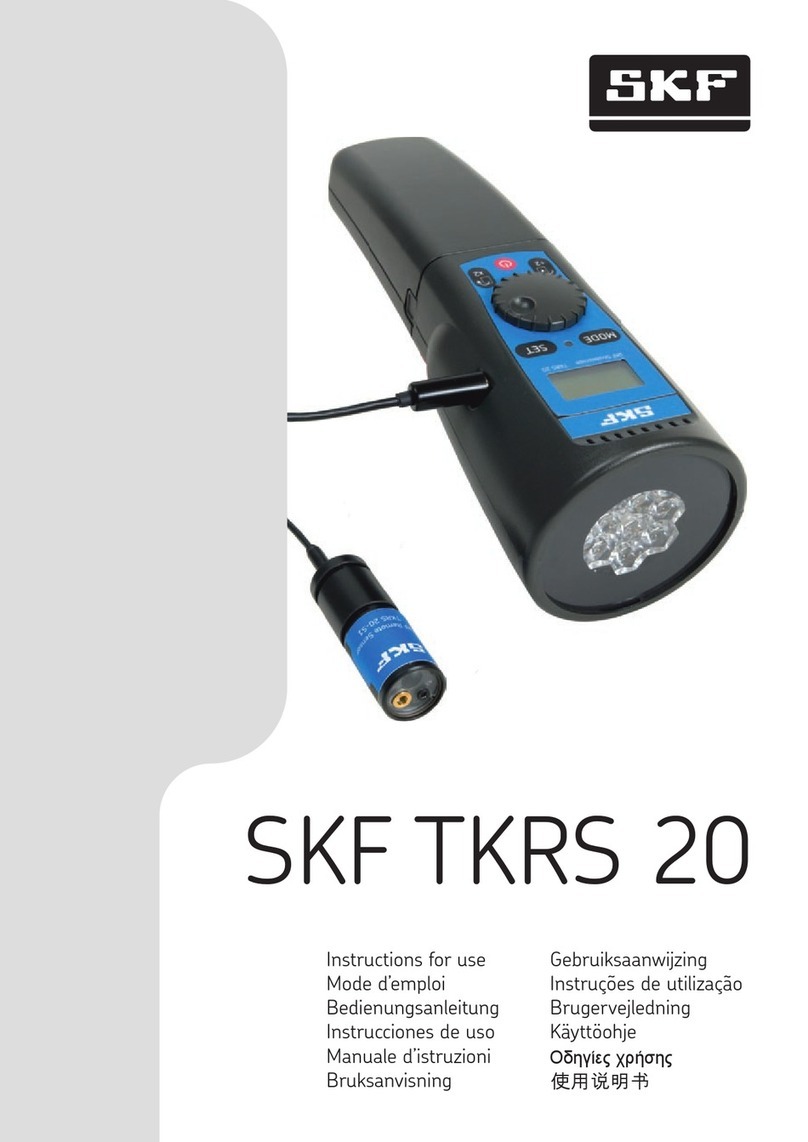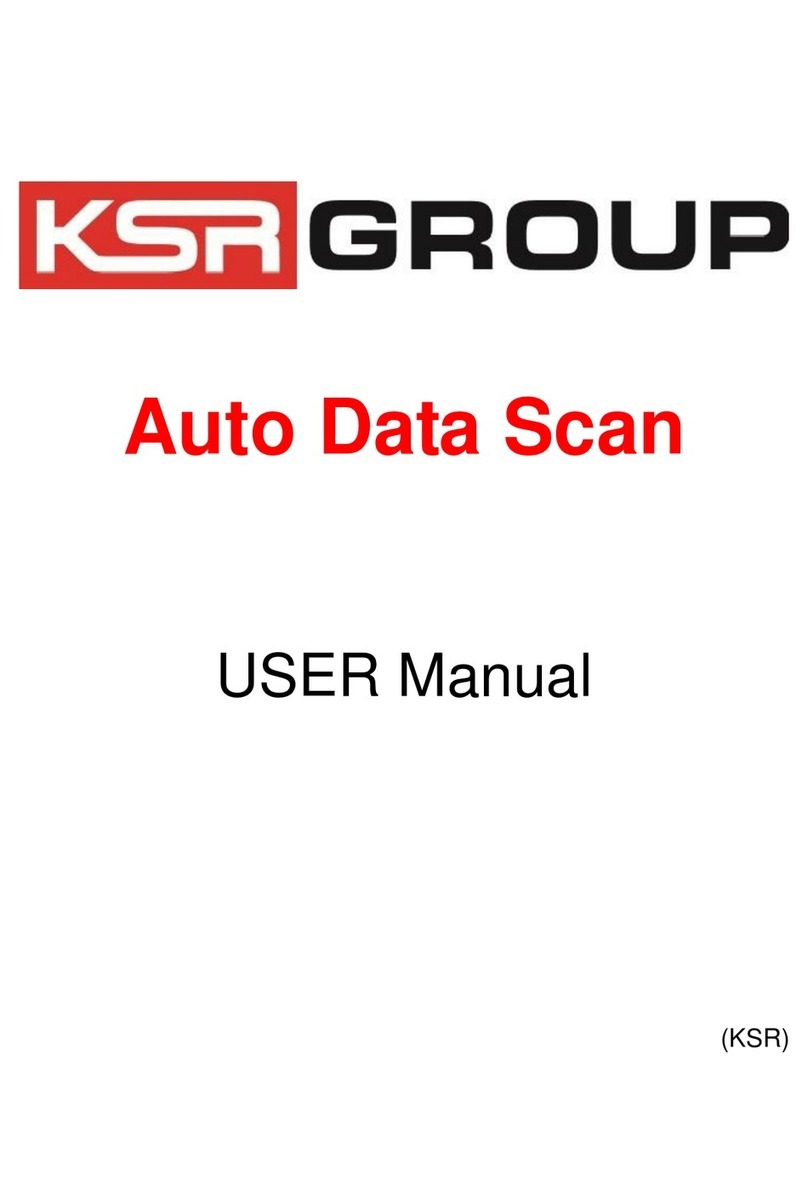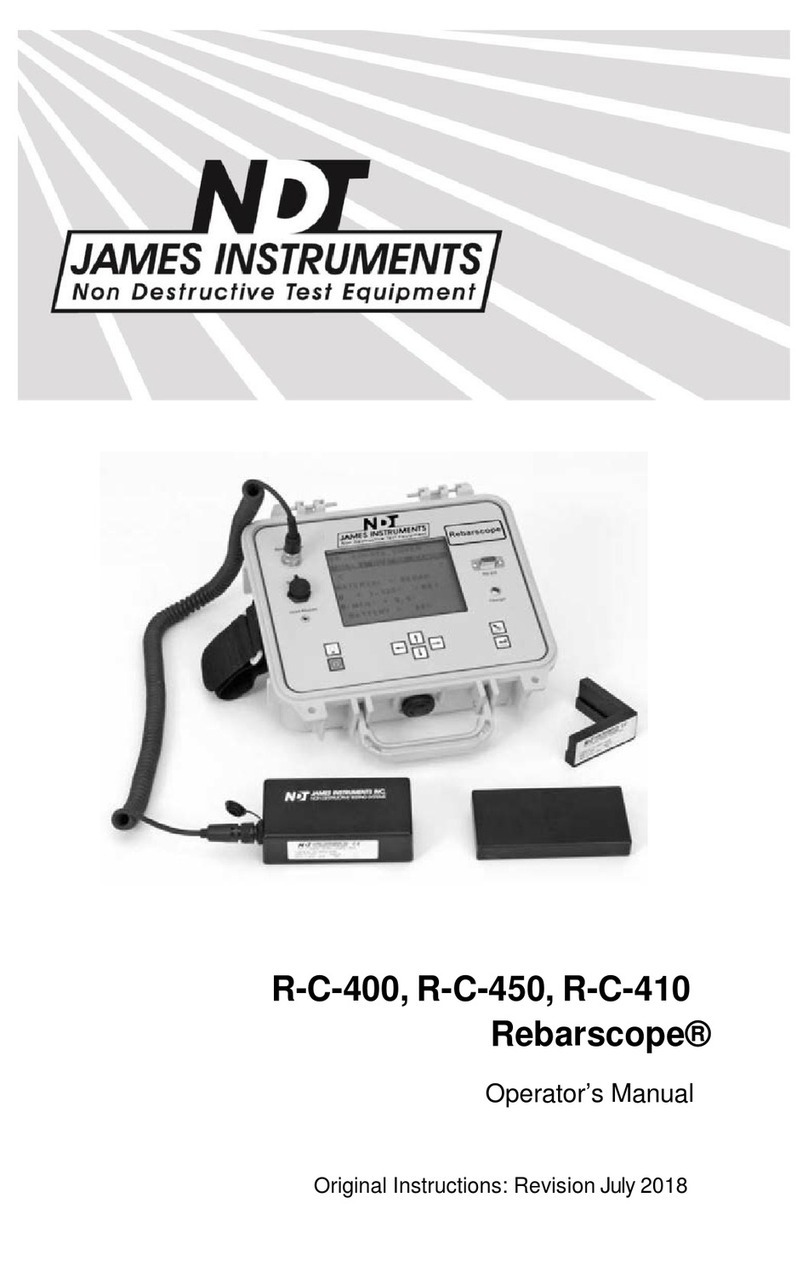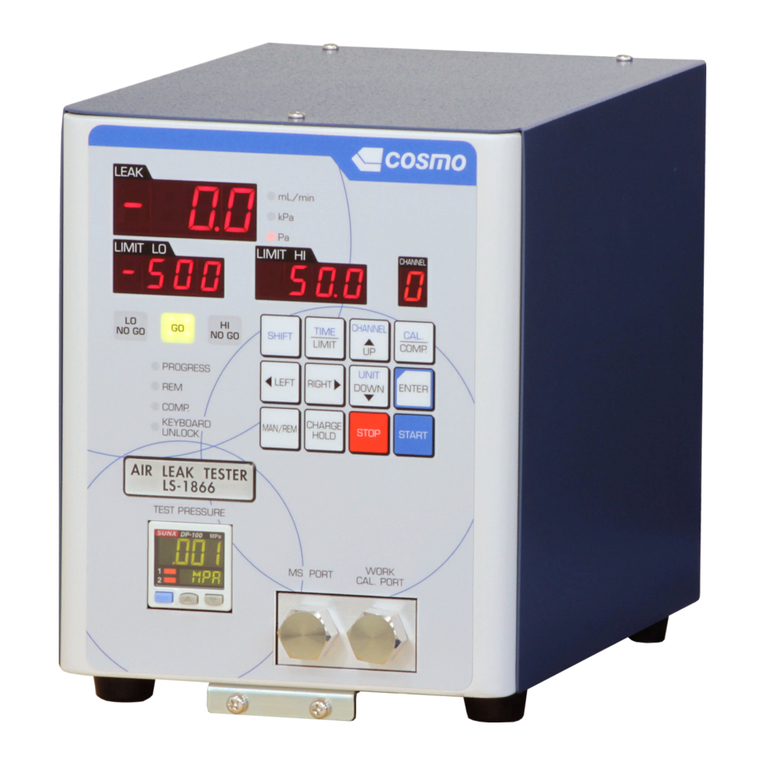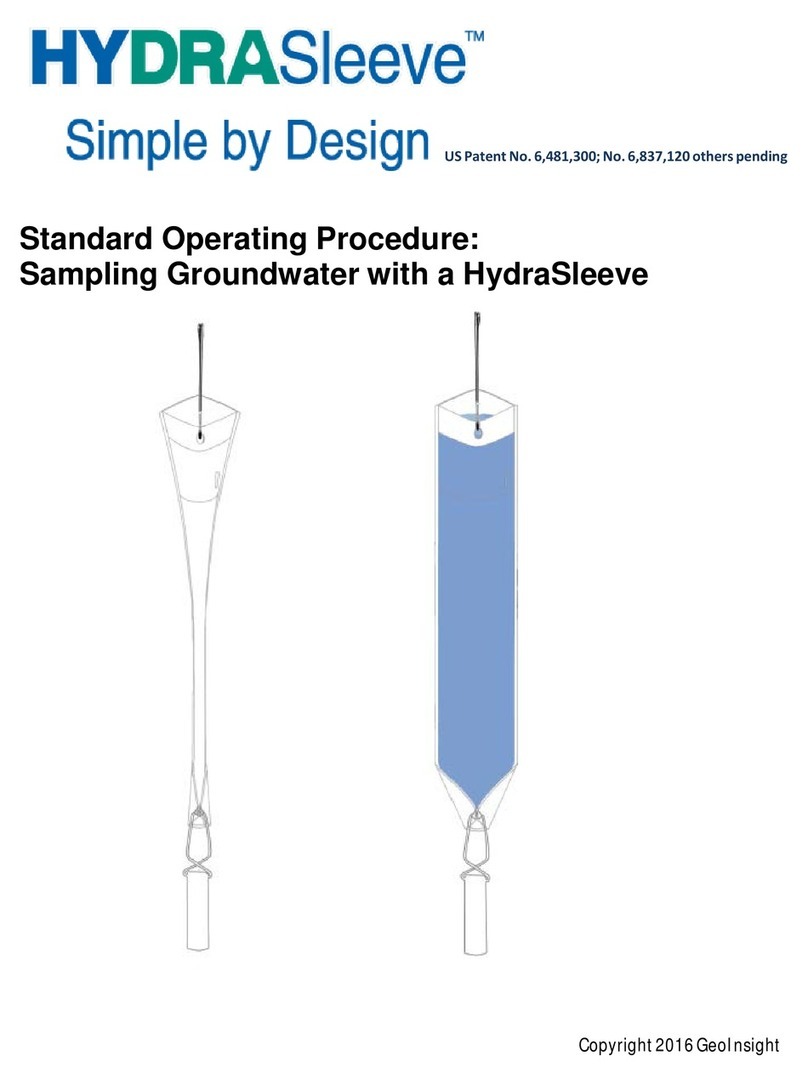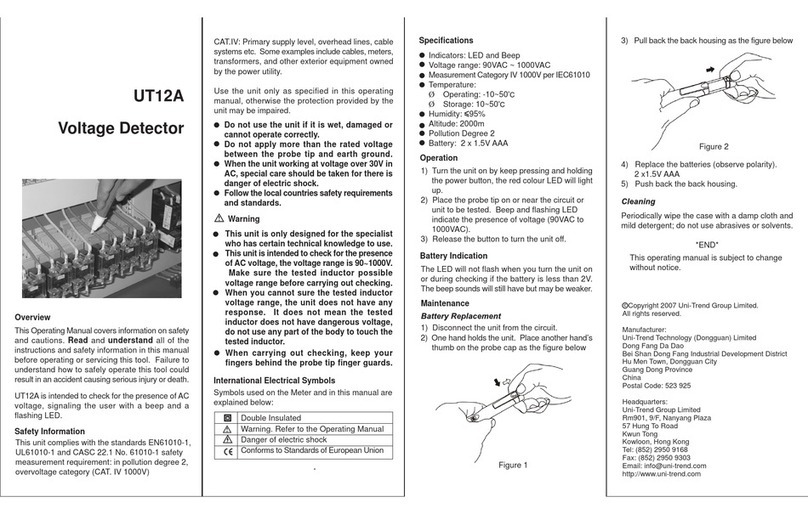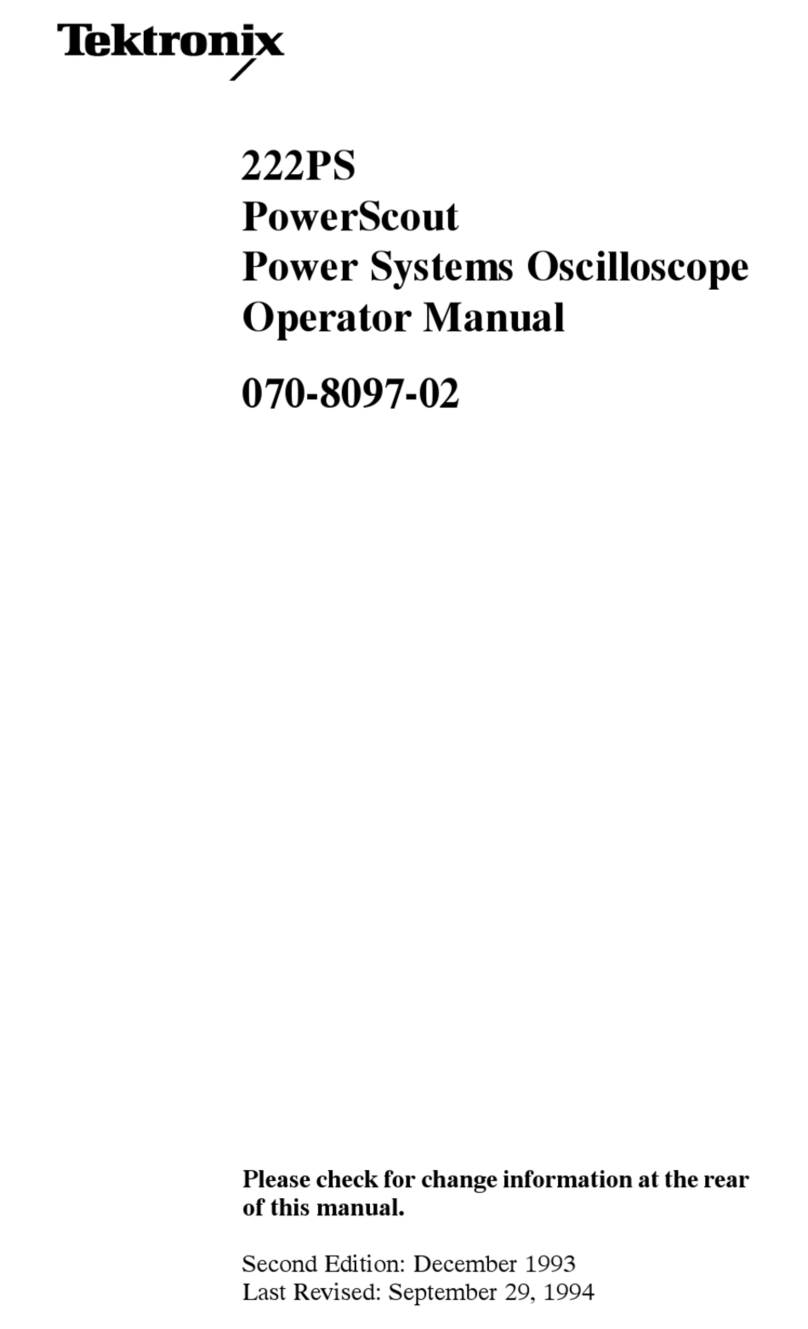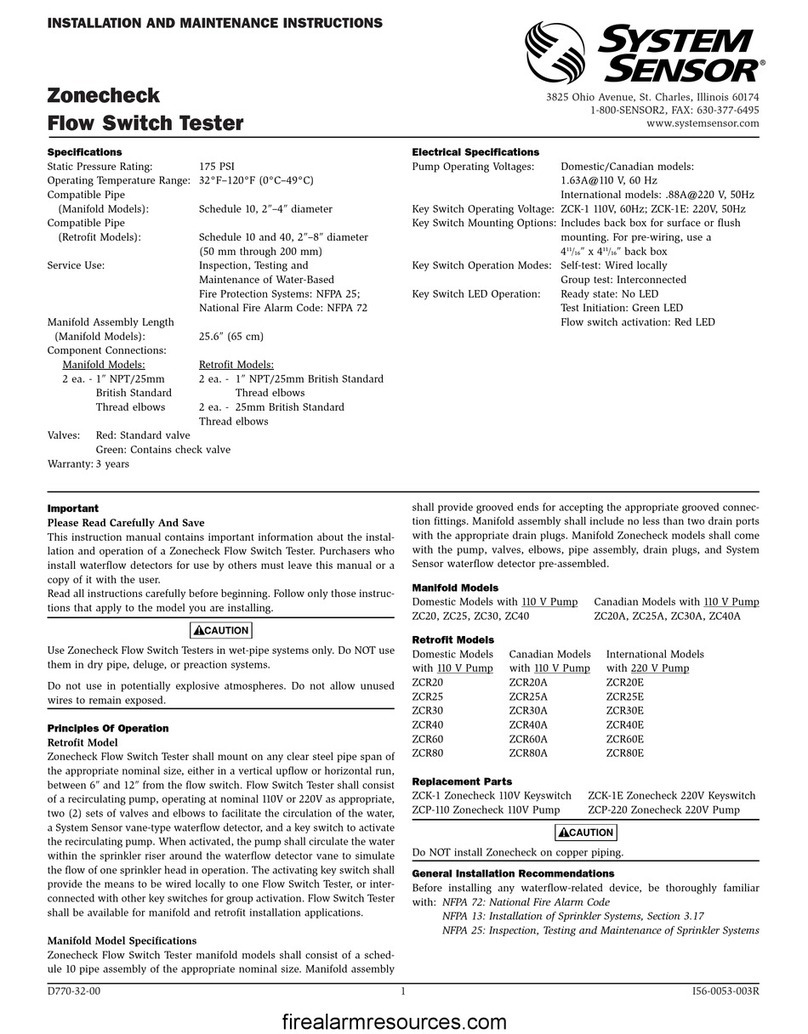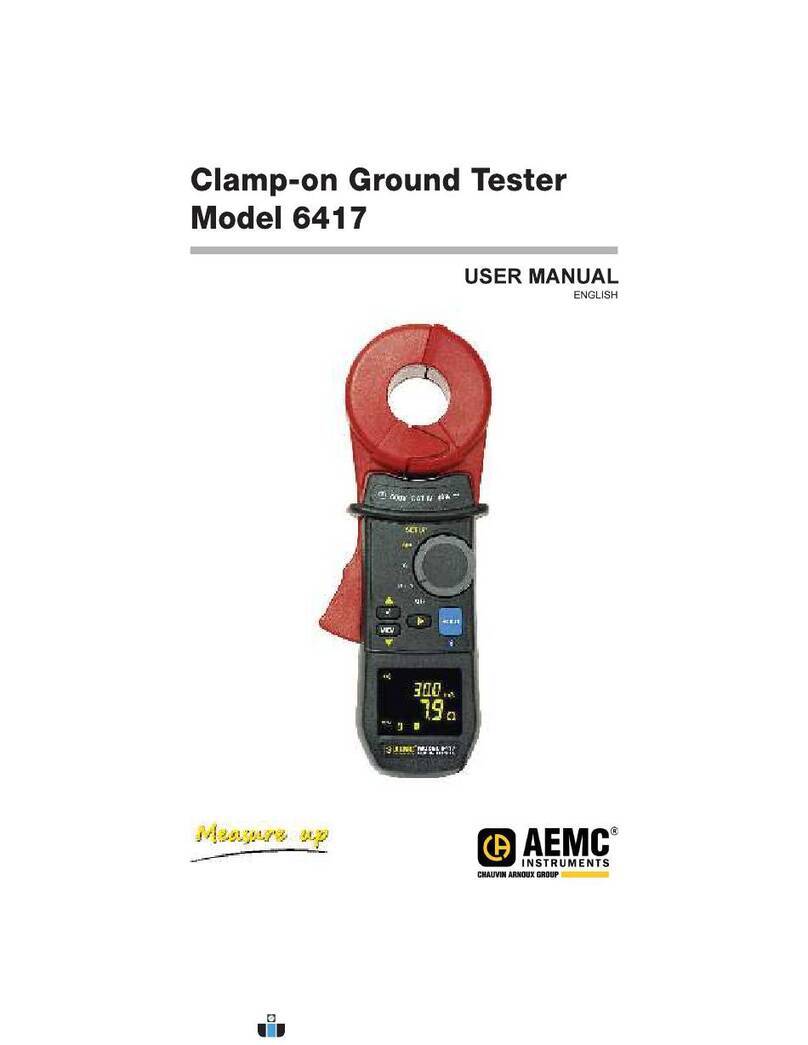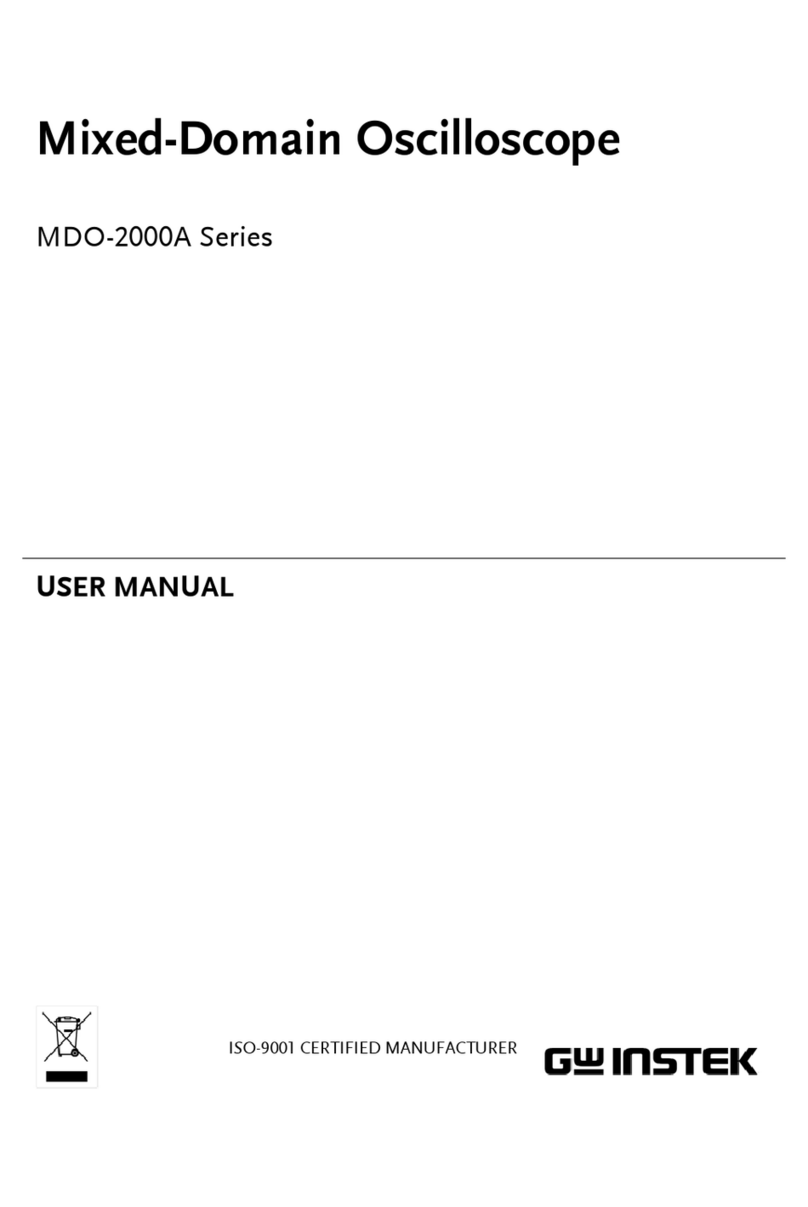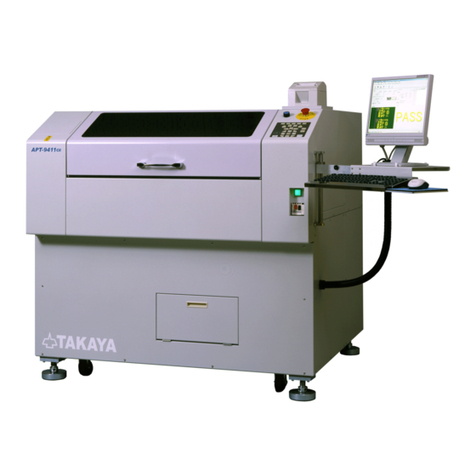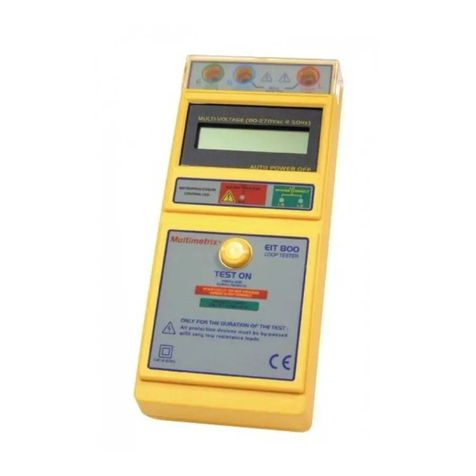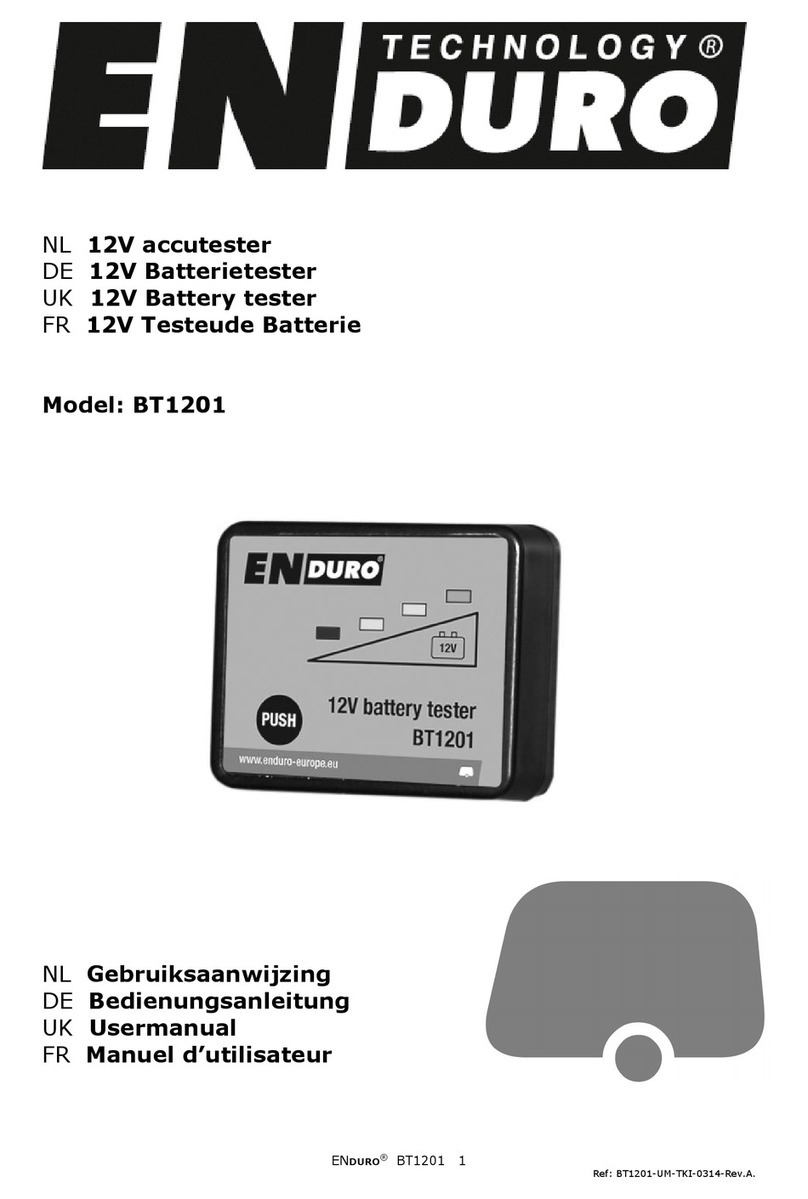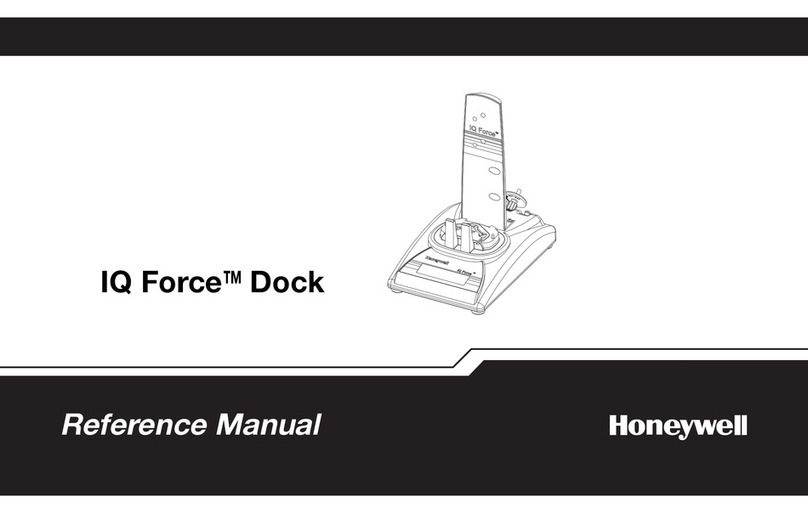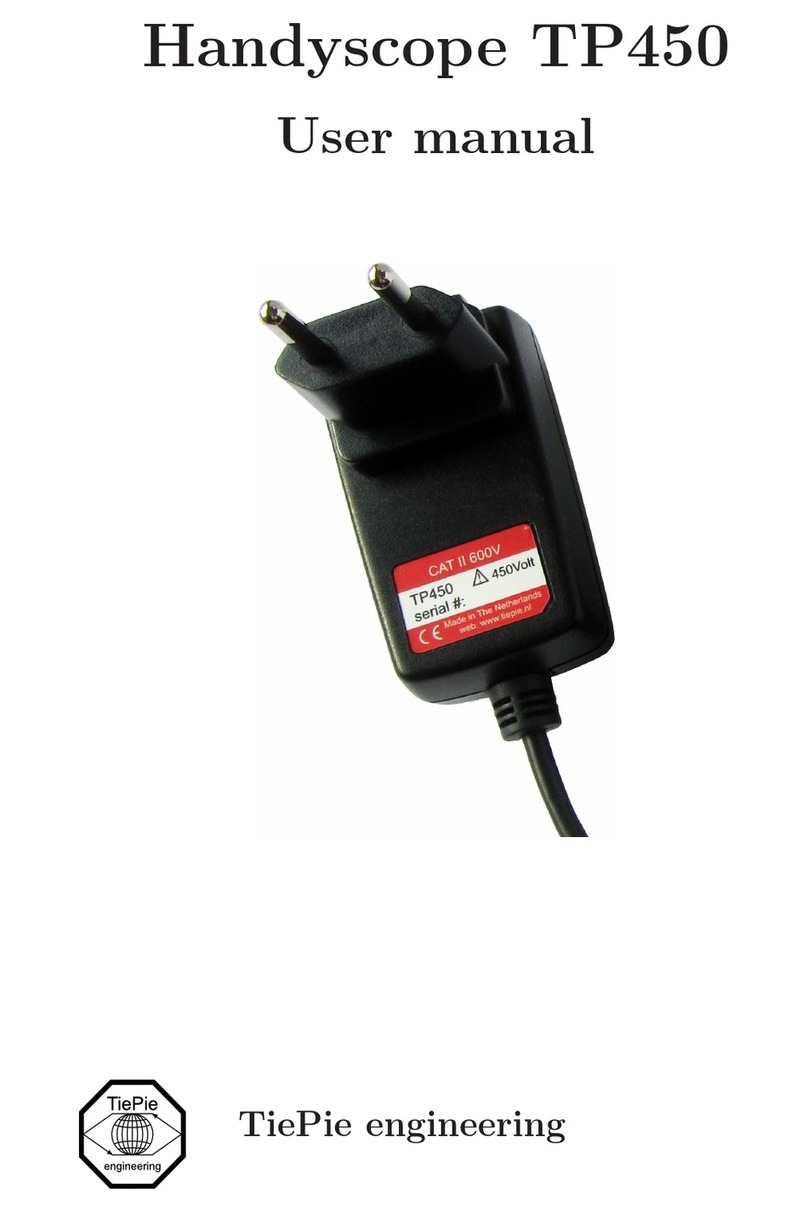AUTODITEX BT-D1 User manual

Version 1.0/2018-01-26 - 1 - www.autoditex.com
Battery System Tester Operating manual AUTODITEX
Battery System Tester
BT-D1
Operating manual
Table of contents
1. Description and operating modes .................................................................. 1
2. Abbreviations ................................................................................................. 2
3. Battery test mode .......................................................................................... 3
4. System test mode........................................................................................... 4
4.1. Cranking voltage test................................................................................... 4
4.2. Charging test with no loads ......................................................................... 4
4.3. Charging test with loads turned on ............................................................. 5
5. Language select.............................................................................................. 5
6. Adjust the display brightness ......................................................................... 6
7. Fast test mode................................................................................................ 6
8. Technical specifications.................................................................................. 6
IMPORTANT!!!
Read the following instructions below to avoid damage to the battery
or injuries! Lead acid batteries can produce explosive gas! Keep good
ventilation around the battery being tested!
1. Description and operating modes
Ditex battery tester due to its advanced testing technology, allows to easily, quickly and
accurately test the healthy state of the battery, common fault of the vehicle starting system
and charging system, which can help you to find the problem quickly and accurately. You can
test all automotive lead acid batteries types, test battery voltage during cranking and access
the alternator condition by measuring the charging voltage at idle speed.
The Battery System Tester has 2 modes of operation:
- Battery condition test - Measurement of actual capacity, internal resistance, charge rate
(SOC) and battery health (SOH);
- System test divided into 3 sub tests: Engine test voltage test, engine idling and under load
test.

Version 1.0/2018-01-26 - 2 - www.autoditex.com
Battery System Tester Operating manual AUTODITEX
2. Abbreviations
AGM battery
Absorbent Glass Mat (AGM) batteries have very low internal
resistance and is capable to deliver high currents on demand and
offers a relatively long service life, even when deep cycled.
Ah
An amp hour (Ah) is a rating usually found on deep cycle batteries.
If a battery is rated at 100Ah it should deliver 5A for 20 hours, 20A
for 5 hours, etc.
CA
CA is cranking amps measured at 32°F. This rating is also called
Marine Cranking Amps (MCA).
CCA
Cold Cranking Amps (CCA) is a rating used to define a battery's
ability to start an engine in cold temperatures. The rating refers to
the number of amps a 12V battery can deliver at 0°F for 30 seconds
while maintaining a voltage of at least 7.2V. The higher the CCA
rating, the greater the starting power of the battery.
DIN
Deutsches Institut für Normung (DIN) is the German national
organization for standardization.
EN
European Norm (EN) is an agreement between the countries in
Europe to consolidate the specification of standards to enhance
the efficiency of commerce.
IEC
The International Electrotechnical Commission (IEC) is an
international standards organization that prepares and publishes
International Standards for all electrical, electronic and related
technologies.
MCA
Marine Cranking Amps (MCA) is same as CCA but MCA is rated at
32°F. See (CA).
RC
Reserve Capacity (RC) is the number of minutes a fully charged
battery at 80 ° F will discharge 25A until the battery drops below
10.5V.
Regular Liquid
battery
The regular Lead Acid batteries which can be: Maintenance (not
sealed, also known as flooded or "wet cell") and Maintenance free
(sealed).
SAE
This is the starting test according to the SAE (Society of Automotive
Engineers). The test specifies that the battery at a temperature of
–18°C will deliver a current equal to the Cold Cranking Amps (CCA)
for 30 seconds with the voltage staying above 7.2V.
SOC
State of Charge (SOC) is the equivalent of a fuel gauge for the
battery pack in a battery electric vehicle. The units of SOC are
percentage points (0% = empty; 100% = full).
SOH
State of health (SOH) is a figure of merit of the condition of a
battery, compared to its ideal conditions. The units of SOH are
percent points. Typically, a battery's SOH will be 100% at the time
of manufacture and will decrease over time and use.
VRLA/GEL battery
A valve-regulated lead-acid battery (VRLA) sometimes called
sealed lead-acid (SLA), gel cell, or maintenance free battery.

Version 1.0/2018-01-26 - 3 - www.autoditex.com
Battery System Tester Operating manual AUTODITEX
3. Battery test mode
Note:
Before you test a battery in a vehicle, turn off the ignition, all accessories and loads. Close all
vehicle doors and the trunk lid. Make sure the battery terminals are clean and wire brush them
if necessary. Clamp the black lead to the negative battery terminal (-). Clamp the red lead to
the positive battery terminal (+).
Note:
There is a 9V battery compratment inside the Battery System Tester but it’s not used and
should not be installed!
- Once you connect the tester to a vehicle battery, the screen will come on and display
“BATTERY TEST”. The battery voltage also will be displayed below in format “XX.XX V”.
Press the “Enter” (MENU) button to go to the next step.
- The screen will show “BATTERY TYPE” selection. Select the battery type by pressing the “◄
►”buttons: REGULAR LIQUID, AGM, VRLA/GEL. Press the “Enter” (MENU) button to
confirm choice.
- The screen will show “RATING STANDARD”. Press the “◄►”buttons to select the battery
standard: SAE, DIN, IEC, EN or CA(MCA)
- The screen will show “RATING CAPACITY”. Press the “◄►”buttons to select the CCA
battery capacity. Each button press leads to an increase or decrease with five units. The
tester’s testing range depending on the selected standard, is:
SAE: 40-2000CCA
EN: 40-2100CCA
DIN: 25-1300CCA
IEC: 30-1500CCA
CA(MCA): 240-1440CA(MCA)
Press the “Enter” (MENU) button to confirm the input value of the battery capacity and
begin the test.
- The screen will show message “TESTING …” while the testing is in progress. The test result
will show up after 2 seconds.
- If a message “BATTERY CHARGED ?” appears, Press the “◄►”buttons to select “YES”or
“NO”. Press the “Enter”(MENU) button to confirm the choice and proceed to the next
step. The Battery System Tester will judge the tested battery status and decide to show
out this message or not!
- When the test is completed, the display shows the actual voltage and the actual CCA or %.
Press the “◄►”buttons to see the SOH (STATE OF HEALTH), SOC (STATE OF CHARGE) in
percentage, and the battery internal resistance (IR) in mΩ (milliohms). The test results are as
following:
“GOOD PASS” - The battery is good and capable of holding a charge.
“GOOD RECHARGE” - The battery is good but it needs to be recharged.
“RECHARGE RETEST” - Battery is discharged and the battery condition cannot be determined
until it is fully charged. Please recharge and retest the battery.
“BAD REPLACE” - The battery will not hold a charge! It should be replaced immediately!

Version 1.0/2018-01-26 - 4 - www.autoditex.com
Battery System Tester Operating manual AUTODITEX
“TEST ERROR” - The tested battery is bigger than 2000CCA or the clamps are not connected
properly. Please fully charge the battery and retest after excluding both the above
mentioned reasons. If the reading is the same, the battery should be replaced immediately!
- Press the “ENTER” (MENU) button to return to step 4 to continue testing or remove the
test clamps from the battery terminal after completion of testing batteries, to end the
test.
4. System test mode
This mode includes 3 sub tests:
- cranking voltage test;
- charging test with no loads –measures the alternator voltage with no loads when the
engine is idling;
- charging test with loads - measures the alternator voltage with loads when the engine
is idling;
Important: All 3 subtests of the system test are executed sequentially and there is no
possibility of changing their order!
4.1. Cranking voltage test
- When you connect the tester to a vehicle battery, the tester is in the default “BATTERY
TEST” mode. Press the “►“button once to enter the “SYSTEM TEST”mode. The voltage
in format “XX.XX V”will also appear on the screen. Press the “Enter”(MENU) button to
go to the next step.
- The screen will show “TURN OFF LOADS START ENGINE”. Turn off all vehicle accessory loads
such as lights, air conditioning, radio, etc. and then start the engine. Wait for the tester
to detect the cranking voltage.
- When the engine is started and the test is complete, one of these three results will be
displayed along with the actual reading measured.
“CRANKING VOLTS NORMAL” - The system cranking voltage is in a good range.
“CRANKING VOLTS LOW” - The cranking voltage is below the normal limits. Troubleshoot the
starter motor with manufacturers recommended procedure.
“CRANKING VOLTS NO DETECTED” - The cranking voltage is not detected. Press the “Enter”
(MENU) button to go to the next step.
4.2. Charging test with no loads
- The screen will show “PRESS ENTER FOR CHARGING TEST”. Press the “Enter” (MENU)
button to begin system charging test.
- The screen will show “MAKE SURE ALL LOADS ARE OFF”. In this test the alternator idle
voltage will be measured. Press the “Enter” (MENU) button to go to the next step.
- The screen will show one of three possible results along with the actual reading measured.
“ALT. IDLE VOLTS NORMAL” - The system is showing normal output from the alternator. No
problem is detected.
“ALT. IDLE VOLTS LOW” - The alternator is not providing sufficient current to the battery.
Check the belts to ensure the alternator is rotating. If the belts are slipping or broken,
replace the belts and retest. Check the connections from the alternator to the battery. If the

Version 1.0/2018-01-26 - 5 - www.autoditex.com
Battery System Tester Operating manual AUTODITEX
connection is loose or heavily corroded, clean or replace the cable and retest. If the belts
and connections are in good condition, replace the alternator.
“ALT, IDLE VOLTS HIGH”- The voltage output from the alternator to the battery exceeds the
normal limits of a functioning regulator. Check to ensure there is no loose connection and
the ground connection is normal. If there is no connection issue, replace the voltage
regulator. Since most alternators have the regulator built-in, this will require you to replace
the alternator. The normal high limit of a typical automotive regulator is 14.7V +/- 0.05.
Check manufacturer specifications for the correct limit, as it will vary by vehicle type and
manufacturer.
4.3. Charging test with loads turned on
- While the engine is still idling, press the “ENTER” (MENU) button to test the charging
system with the accessory loads turned on. For this purpose, turn on the blower to high
(heat), high beam headlights, and rear defogger. Do not use cyclical loads such as the air
conditioning or the windshield wipers! The screen will show “TURN ON LOADS AND
PRESS ENTER”.
Note: When testing older model diesel engines, the users need to run up the engine to 2500
rpm for about 15 seconds.
- Press the “ENTER” (MENU) button to test the charging system with the accessory loads
turned on. One three possible results will be displayed along with the actual testing
measured:
“ALT. LOAD VOLTS NORMAL” - The system is showing normal output from the alternator. No
problem detected.
“ALT. LOAD VOLTS LOW” - The alternator is not providing sufficient current for the systems,
electrical loads and charging current for the battery. Check the belts to ensure the alternator
is rotating with the engine running. If the belts are slipping or broken, replace the belts and
retest. Check the connections from the alternator to the battery. If the connection is loose or
heavily corroded, clean or replace the cable and retest. If the belts and connections are in
good working condition, replace the alternator.
“ALT. LOAD VOLTS HIGH” - The voltage output from the alternator to the battery exceeds
the normal limits of a functioning regulator. Check to ensure there are no loose connections
and that the ground connection is normal. If There are no connection issues, replace the
voltage regulator. Since most alternators have the regulator built-in, this will require you to
replace the alternator.
- Press the “ENTER” (MENU) button when the charging system test is completed. Turn off all
accessory loads and turn off the engine. Press the “ENTER” (MENU) again to return to
step 1 or remove the test clamps from the battery terminals after completion of testing,
to end the test. The screen will show “TEST OVER. TURN OFFLOADS & ENGINE”.
5. Language select
There are five languages you can choose from: English, Chinese, German, French, Spanish.
1. Connect the Battery System Tester to a vehicle battery.
2. The tester defaults to the BATTERY TEST display.
3. Press the “►” button twice to get to the LANGUAGE SELECT display.
4. Press “Enter” (MENU) button, the display will show all language options.

Version 1.0/2018-01-26 - 6 - www.autoditex.com
Battery System Tester Operating manual AUTODITEX
5. Press the “◄►”button to select the language you want.
6. Press the “Enter” (MENU) button to confirm selection and return to the LANGUAGE
SELECT display.
6. Adjust the display brightness
1. Connect the Battery System Tester to a vehicle battery.
2. The tester defaults to the BATTERY TEST display.
3. Press the “►“button three times to get to the LCD BRIGHTNESS display.
4. Press “Enter” button to show LCD Brightness in percentage.
8. Press the “◄►”button to adjust the LCD brightness.
6. Press the “Enter” (MENU) button to save the setting and return to LCD BRIGHTNESS
display.
7. Fast test mode
In fast test mode, the Battery System Tester will test the vehicle battery with the parameters
saved last time: including battery type, battery standard, battery capacity.
1. Connect the Battery Tester to a vehicle battery.
2. The tester defaults to the BATTERY TEST display.
3. Press the “◄“button once to get to the FAST TEST MODE display.
4. Press the “Enter” button to test the battery.
5. Tester will show “TESTING”.
6. After about 2 seconds, the test data will be showed on screen including the battery
voltage value and the CCA value.
7. Press the “Enter” (MENU) button to return step 3.
8. Technical specifications
Battery maximum capacity:
120Ah or 2000CCA(SAE)
Testing standards
SAE,DIN,EN,IEC,CA
Test modes
Voltage, CCA Value, Battery Condition, Start
Voltage Detection
Testing Range
EN: 40~2100CCA
DIN: 25~1300CCA
IEC: 30~1500CCA
CA(MCA): 240~1440CA(MCA)
SAE: 40~2000CCA
Voltage test range:
5-15VDC
Operating voltage:
7-15VDC, storage battery power supplied
Maximum power dissipation:
0.5W around
Operating temperature:
-10°C~50°C
Operating humidity:
30%~90% (without condensation)
Display:
LCD
Table of contents
